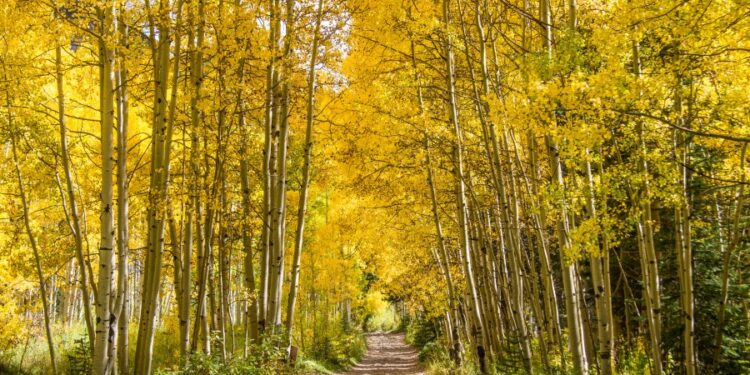SHREVEPORT, La. (KTAL/KMSS) — The autumnal equinox is considered the first day of fall, but it’s so much more than that.
The word equinox comes from two Latin words: “aequus,” meaning equal, and “nox,” meaning night, the National Weather Service explains on its website.
According to Britannica, the fall equinox is one of two moments in the year when the sun is exactly above the equator. The celestial event happens annually around Sept. 22 or Sept. 23 in the Northern Hemisphere and on March 19 or March 20 in the Southern Hemisphere.
Days will continue to shorten until the winter solstice in December, but during the equinox, day and night are roughly equal. According to the Famer’s Almanac, the full moon closest to the equinox is called the “Harvest Moon” because it provides farmers with enough light to complete their harvests before the first hard frosts arrive.
Daylight and photosynthesis cause leaves to develop the bright, warm colors of fall. The National Oceanic and Atmospheric Administration (NOAA) explains that as the days get shorter, chemical changes happen that cause the green chlorophyll to break down and fade. This allows other colors — such as reds, yellows, and oranges — to show through.
Fun fact: the type of chemicals present in the leaves cause which colors they become, according to the U.S. Park Service. Carotenoids produce yellow and orange hues, while anthocyanins create leaves with deep red and purple tones.

Many civilizations have celebrated the harvest season around the autumnal equinox. Oktoberfest is rooted in the tradition, which the Bavarians began in the 1700s on the last week of September. Feasting and celebrating were often combined with giving thanks.
You can find equinox celebrations in cultures across the world. Buddhists in Japan celebrate Higan during the week of the fall and spring equinoxes as a time of reflection.
The pagan community celebrates the autumnal equinox with a Mabon festival. Mabon, named for the Welsh God and son of the Earth Mother, is a popular time to pick apples. The apples symbolize the harvest and may be set upon an altar with squash, pumpkins, and other seasonal items. Of course, friends and families also celebrate with a feast. The druids had a similar celebration known as Alban Elfed.

On the equinoxes, the sunlight and shadow create the illusion of a serpent’s body snaking along the Mayan Pyramid of Kukulkan.
Other ancient structures built to mark the autumnal equinox include:
- Chaco Canyon in New Mexico
- Karnak Temple in Egypt
- Stonehenge in England
- Towers of Chankillo, Peru
- Intihuatana Stone in Peru
- Knowth Cairn in Ireland
- Prehistoric “Woodhenge” in Illinois
- Mnajdra temples of Malta
- Angkor Wat in Cambodia
- Hovenweep Castle on the Colorado-Utah border
All of these places can be visited and offer a stunning view during the equinox.






